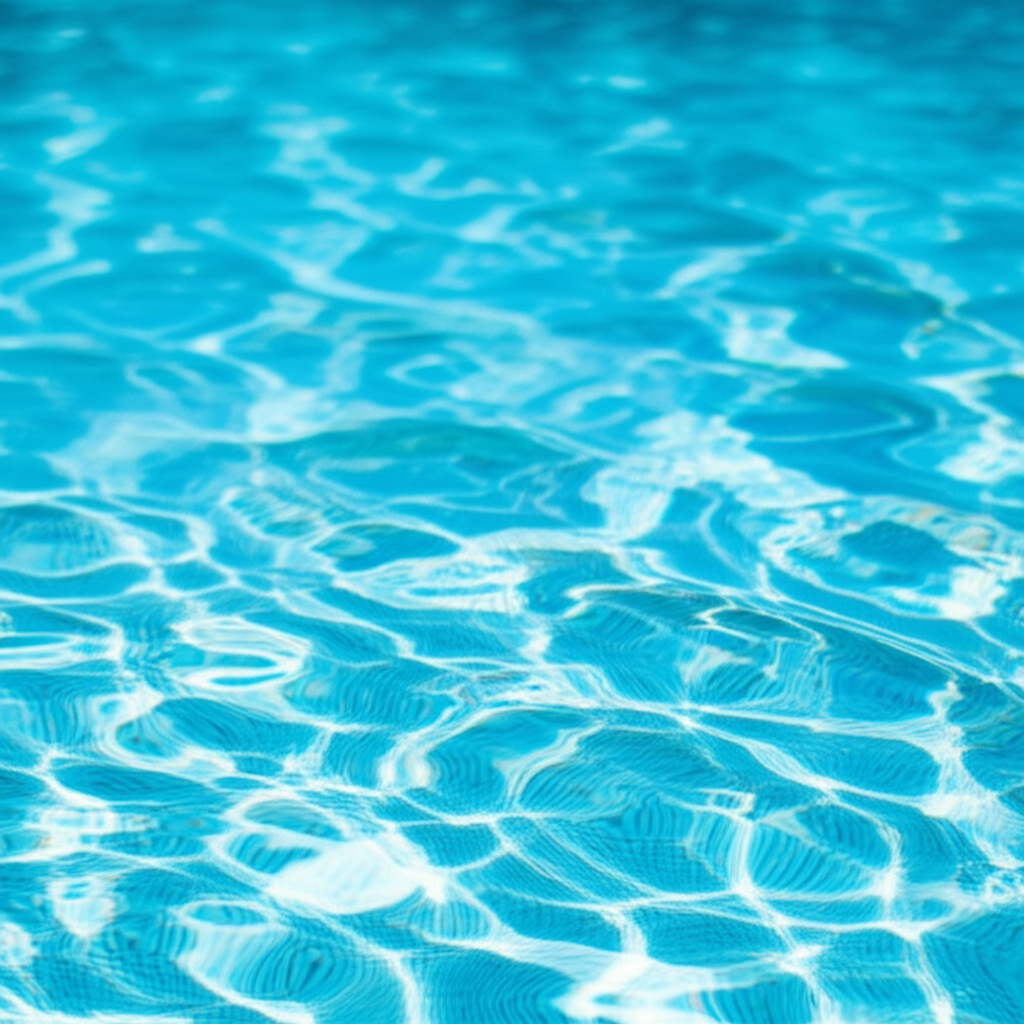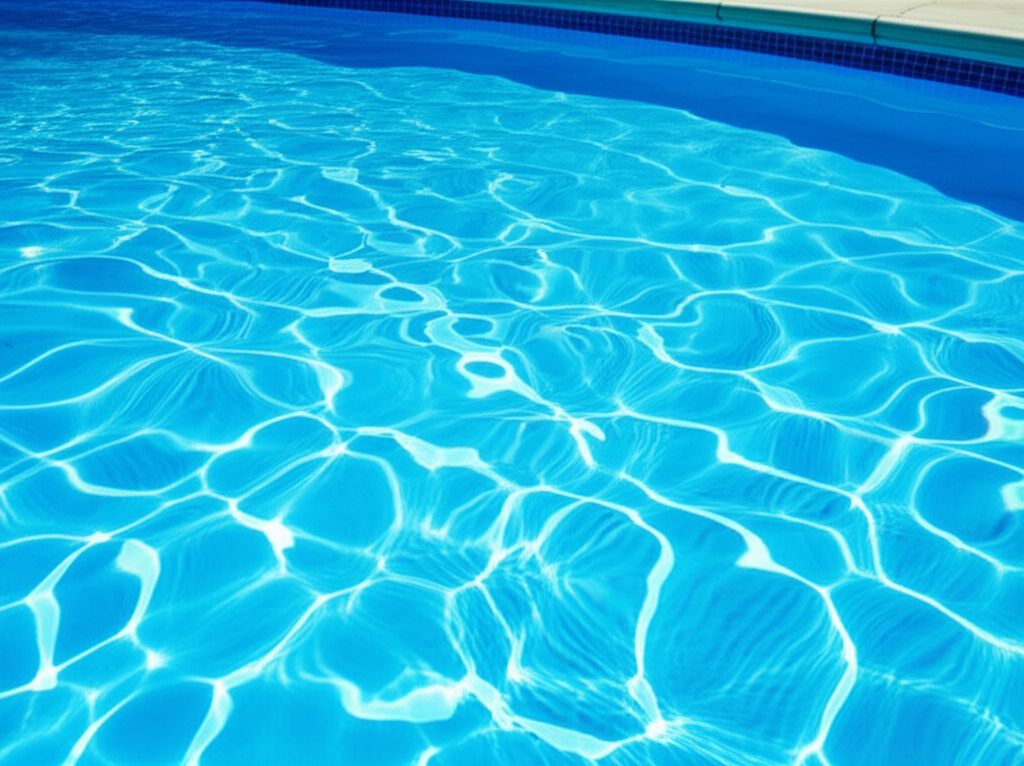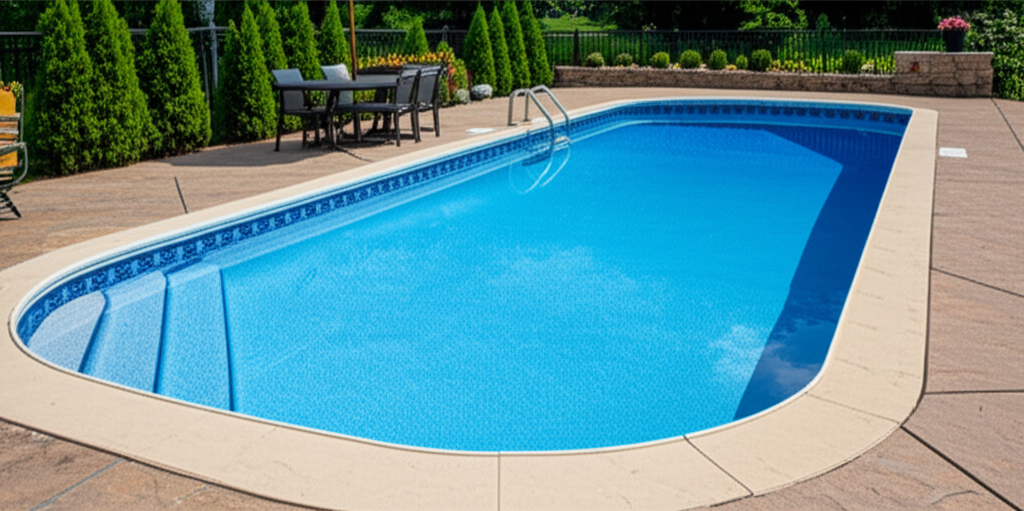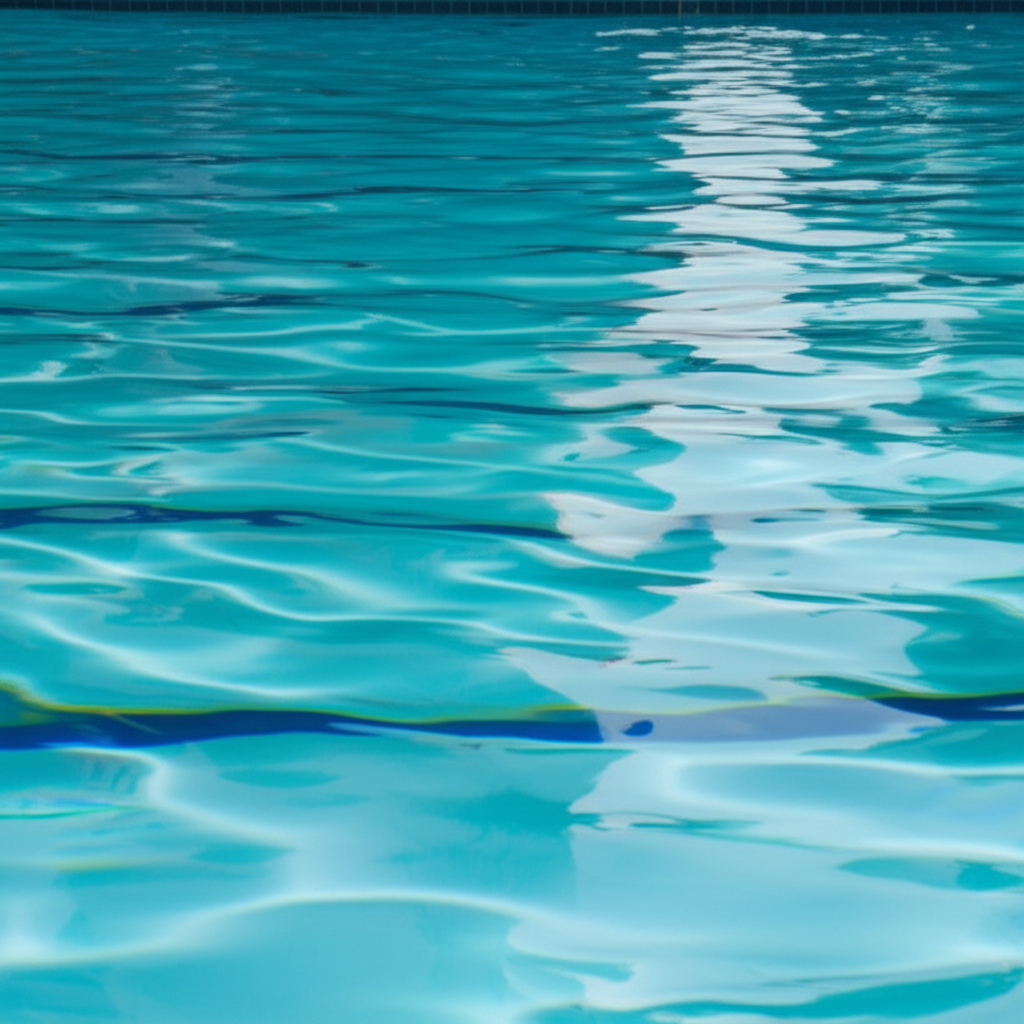- Understanding Pool Shock and Superchlorination
- When to Administer Pool Shock
- Types of Pool Shock
- Administering Pool Shock Safely
- Maintaining Crystal Clear Water Beyond Shocking
Pool Shock: The Ultimate Guide to Crystal Clear Water
Pool shock is an indispensable tool in every pool owner’s arsenal, specifically designed to transform cloudy, dull water into the sparkling, inviting oasis you crave. More than just adding regular chlorine, shocking your pool is a powerful, concentrated treatment that tackles a host of water quality issues, ensuring sanitation and clarity. This intensive process, often referred to as superchlorination, is crucial for maintaining a healthy and enjoyable swimming environment.
Understanding Pool Shock and Superchlorination
At its core, pool shock involves rapidly increasing the chlorine level in your pool to a point significantly higher than its normal operating range. This elevated concentration performs a deep cleanse, effectively oxidizing organic contaminants and sanitizing the water. Unlike the daily dose of chlorine, which primarily maintains a residual sanitizer level, superchlorination aims to break through existing problems.
The primary functions of shocking your pool include:
Killing Bacteria and Pathogens: It eliminates harmful microorganisms that can cause recreational water illnesses.
Destroying Algae: From the dreaded green slime to black spot algae, a strong shock treatment can kill existing algae blooms and prevent future growth.
Breaking Down Chloramines: These are “spent” chlorines that form when free chlorine combines with nitrogen compounds (sweat, urine, sunscreens). Chloramines are responsible for that strong, unpleasant “chlorine” smell, and they actually diminish free chlorine’s effectiveness. Superchlorination oxidizes these chloramines, releasing the active free chlorine once again.
Oxidizing Organic Contaminants: It breaks down non-living organic materials introduced by swimmers, pets, and the environment (leaves, pollen, dirt).
Restoring Water Clarity: By eliminating contaminants and algae, pool shock helps to clear up cloudy water, bringing back its sought-after sparkle.
Essentially, superchlorination isn’t just about adding more chlorine; it’s about adding enough chlorine to reach a “breakpoint” where all the contaminants are overwhelmed and destroyed, leaving behind only active, free chlorine.
When to Administer Pool Shock
Knowing when to shock your pool is as important as knowing how. Regular shocking is a preventative measure, but specific situations demand immediate action:
Weekly or Bi-Weekly Maintenance: Even in seemingly clean pools, a routine shock helps prevent problems from developing.
After Heavy Pool Use: A pool party or prolonged swimming sessions introduce more organic material and contaminants, depleting chlorine levels rapidly.
After Heavy Rain or Storms: Rain washes in dirt, debris, and pollutants that can introduce algae spores and bacteria.
Cloudy, Dull Water: This is a clear indicator that your sanitizer isn’t working effectively, or there’s an abundance of unseen contaminants.
Greenish Tint or Algae Growth: The most obvious sign that your pool needs a heavy dose of sanitizer.
Strong Chlorine Odor: Surprisingly, that intense “chlorine” smell doesn’t mean your pool has too much chlorine. It signifies high levels of chloramines, indicating your free chlorine is overworked and needs a boost to break them down.
High Combined Chlorine Levels: Your water test kit will show levels of Free Available Chlorine (FAC) and Total Chlorine (TC). If TC is significantly higher than FAC, you have high Combined Chlorine (chloramines), signaling it’s time to shock.
Types of Pool Shock
Different types of pool shock offer distinct advantages and are suitable for various pool types and owner preferences:
1. Calcium Hypochlorite (Cal-Hypo):
Pros: Very effective, readily available, affordable, strong oxidizer.
Cons: Raises calcium hardness (can lead to scaling in hard water areas), unstabilized (degrades quickly in sunlight), can bleach vinyl liners if not pre-dissolved properly.
Best Use: Most common choice for fiberglass and concrete pools. Always pre-dissolve granular Cal-Hypo in a bucket of water before adding to the pool.
2. Dichlor (Sodium Dichloro-s-triazinetrione):
Pros: Stabilized (contains Cyanuric Acid/CYA), pH neutral, dissolves quickly.
Cons: Adds CYA (can lead to chlorine lock if CYA gets too high), more expensive than Cal-Hypo.
Best Use: Good for all pool types, especially vinyl-lined pools, as it’s less harsh. Useful for regular maintenance shocking.
3. Lithium Hypochlorite:
Pros: Dissolves very quickly, ideal for vinyl and fiberglass pools (won’t bleach), minimal calcium or CYA increase.
Cons: Most expensive option, lower chlorine content per pound.
Best Use: Excellent for pools where quick dissolution and minimal impact on water chemistry are priorities.
4. Non-Chlorine Shock (Potassium Monopersulfate – MPS):
Pros: Breaks down chloramines and oxidizes contaminants without adding chlorine, allows swimming sooner (often within 15-30 minutes), doesn’t affect CYA or calcium levels.
Cons: Does not sanitize or kill algae/bacteria. It’s an oxidizer, not a primary sanitizer.
Best Use: For maintenance shocks in pools that already have healthy free chlorine levels, or to quickly clear up cloudy water without increasing chlorine. Not suitable for active algae blooms or bacterial issues.
Administering Pool Shock Safely
Proper application ensures maximum effectiveness and safety for both your pool and its users.
1. Test and Balance Water: Before shocking, ensure your pH is between 7.2-7.6 and alkalinity is within 80-120 ppm. Imbalanced water reduces shock’s effectiveness.
2. Brush Walls and Vacuum: Remove any visible dirt, debris, and loose algae from surfaces.
3. Safety First: Always wear gloves and eye protection. Work in a well-ventilated area. Never mix different types of shock together (especially Cal-Hypo with Dichlor or any acidic products) as this can cause dangerous reactions.
4. Shock at Dusk or Night: UV rays from the sun rapidly deplete unstabilized chlorine. Shocking at night maximizes its contact time and effectiveness.
5. Pre-Dissolve Granular Shock: For Cal-Hypo, dissolve the measured amount in a large bucket of pool water (never add water to the shock, always shock to water). Stir until fully dissolved.
6. Apply Evenly: Slowly pour the dissolved shock solution or granular shock (for very fast-dissolving types like lithium) around the perimeter of the pool, avoiding direct contact with pool surfaces, especially vinyl liners, if not fully dissolved.
7. Run the Pump: Keep your pump running for at least 6-8 hours, or ideally overnight, to ensure the shock circulates thoroughly throughout the pool.
8. Wait Before Swimming: Do not swim until chlorine levels have returned to the safe range (usually 1-4 ppm) and pH is balanced. Test your water frequently after shocking.
Maintaining Crystal Clear Water Beyond Shocking
While superchlorination is powerful, it’s just one component of comprehensive pool care. To keep your water consistently pristine:
Regular Brushing and Vacuuming: Physically remove dirt and algae before they become a problem.
Maintain Chemical Balance: Consistently test and adjust pH, alkalinity, calcium hardness, and Cyanuric Acid (CYA) levels.
Filter Maintenance: Clean or backwash your filter regularly to ensure it’s effectively removing particulates.
Skim Debris: Remove leaves and other floating debris daily to prevent them from breaking down and adding to the organic load.
Consider Algaecides and Clarifiers: Use these as supplementary treatments, but never as a replacement for proper sanitation.
*
By understanding the purpose, types, and proper application of pool shock, you equip yourself with the knowledge to combat common pool problems and maintain a sparkling, hygienic swimming pool. Regular superchlorination is a proactive step towards ensuring your pool remains a source of enjoyment, offering crystal clear water all season long.




